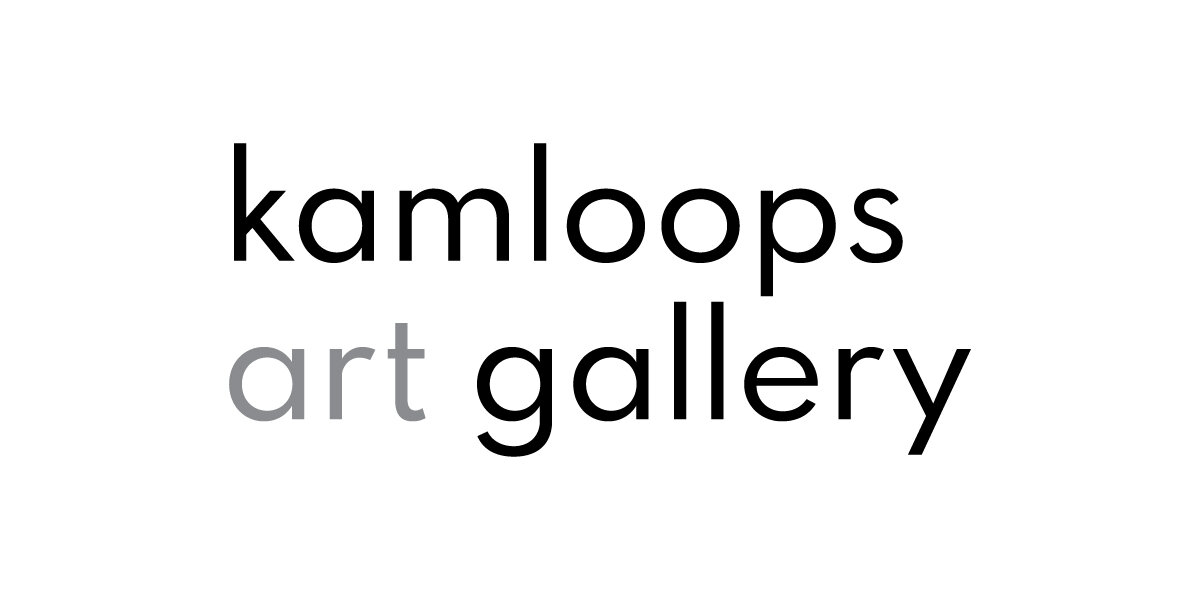Charcoal Fire Drawings
SCHOOL PROGRAM LESSON PLAN – 7 to 9
Charcoal Fire Drawings
Final Project Description:
A charcoal drawing of fire using various drawing techniques using photos as reference.
Description:
Students will discuss Koh’s work Accord of Wood, which will transform from a raw material into an industrial product and eventually onto other uses and forms as it travels from gallery to gallery. Koh’s intent is to demonstrate the process of material change and go through the process of transforming things herself, to experience what is required to create the products we all use, but seldom think about. She’ll do this on a small scale with the wood in the gallery, which was harvested locally.
Using transformation as a starting point, students will consider charcoal as a material made from burnt wood and binding agents. Fire transforms wood into a drawing tool. Fire also transforms the forest, setting it up for cones to release seeds and the forest to renew itself. Fire is destructive, but can also produce useable materials and healthy landscapes.
Theory:
Students will (taken from the BC Curriculum PLOs):
-use a variety of image sources to create images
-manipulate selected materials, technologies and processes to create images
-analyze and apply a variety of materials, technologies and processes to create artworks
-create images using the image development strategy of metamorphosis.
Creation & Analysis:
Review Koh’s Accord of Wood work and explain how it will change over time. Explain the process of how charcoal is made and why we’re using it as a material to draw fire.
Explain that students will reference images of fire and create their own charcoal fire drawing paying attention to light and shadow, positive and negative space and movement and value.
Explain a variety of approaches to using the charcoal and what effects can be achieved using tools such as erasers and brushes. Give some direction for starting and where to focus in sketching things out. You may want to reference Drawing on the Right Side of the Brain for ideas of how to shift student’s attention from what they think they see to recording what they actually see. Some blind contour drawings would be a good way to warm up.
Explain how to achieve depth and layers, transparency and other visual tricks. Have students try to cover their entire paper, filling negative space with rich black charcoal.
If there is time, spray works with fixative (in the loading bay or outside only!) If you want to hand images back without spraying, have scrap paper interleaving prepped to make a package for the teachers that’s not crazy smudgy.
Have students wash their hands.
Duration:
60 minutes in the studio – 10 mins on approach, 5 mins explaining how to achieve different effects, 40 mins on project, 5 mins for wrap up and possible discussion or look at other’s work to end class.
Materials:
Pencils
Rag paper
Charcoal
Stiff brushes
Erasers
Look & Discuss:
-HAVE STUDENTS PUT THEIR NAMES ON THEIR prints! This is important.
What was the most difficult part of the drawing? We’re you able to overcome or find solutions to difficulty in recording information? Was there a point where students felt their minds wander into another state (drawing on the right side). Why is it difficult to record what we see rather than defaulting to drawing things we think we see?
Consider Koh’s work – how might she transform the wood into a useable material? What other materials go through changes (decay, chemical alteration, breakdown, elemental changes) that are used in artworks? Reference artists who use rust, rot and fading as examples.
Prep:
Layout paper, charcoal, reference drawings, erasers, brushes
You can show a video of fire on the overhead projector for part of the exercise to have movement as part of the drawing.
Have the mock up example ready
Make sure there is soap for clean up available
Paper all tables – this is a messy activity!
Take it further:
Ask students to look at each other’s work at the end of class to see how other students approached their project. How are they similar? How are they different? How has this activity made them consider the changes materials undergo and the process of exchange that happens as a result of this? What expressive qualities have they managed to create with burnt wood?
